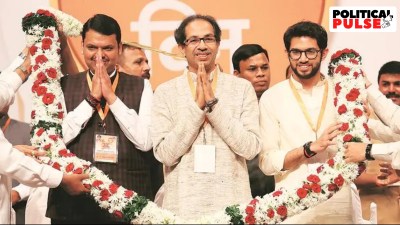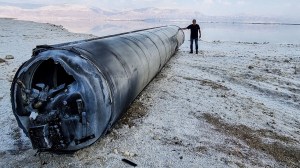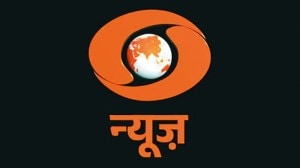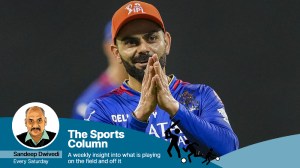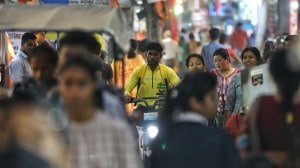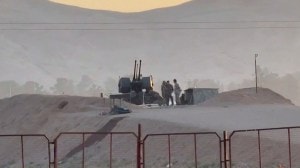- India
- International
Three UP policemen suspended after teenage boy dies days after ‘assault during interrogation’
🔴 Lakhimpur Kheri SP says 17-year-old’s uncle accused him of stealing a phone and assaulted him, but is now trying to pin blame on police.
 On Sunday morning, the boy succumbed to injuries at a hospital where he was undergoing treatment.
On Sunday morning, the boy succumbed to injuries at a hospital where he was undergoing treatment.
Three policemen, including an office in charge of an outpost, were suspended in Uttar Pradesh’s Lakhimpur Kheri district on Sunday after a group of villagers protested against the death of a 17-year-old boy from a Scheduled Tribe (ST) community. The protesters alleged that the boy, who is survived by his mother and two sisters, died on Sunday morning, days after the police beat him up during questioning in a case of alleged theft.
The local village head said, “On January 17, the boy’s uncle reached his home and accused him of stealing his cell phone the day earlier. He alleged that the phone belonged to his son.”
Two days later, the teenager was summoned to the local police outpost after his uncle filed a complaint. Superintendent of Police (SP) Sanjeev Suman said, “The accused and his uncle were called to the police outpost. The boy came with his parents. His uncle and the village pradhan [chief] also attended the meeting. The boy was questioned in the presence of these persons. After two hours, both the parties reached a compromise. The compromise was in writing and it is available with the police. The boy was handed over to the family and they returned home at around 3 pm on January 19.”
The SP claimed that the boy’s family had told the police that his uncle and another villager came to their home on January 20 and thrashed him. His condition deteriorated soon after, and he was admitted to a hospital, according to the senior officer.
Suman also claimed that Sunday’s protests against the boy’s death were engineered by the accused who “wanted to divert attention from the matter and hold the police responsible for the death”.

However, one of the teenager’s sisters has reportedly disputed the police’s version of events. In a viral video, she is purportedly heard claiming that her brother was summoned to the station on January 19. There, the police allegedly told their mother to leave him, the sister purportedly added. The Indian Express could neither verify the video’s authenticity nor reach the family for comment.
“Mother took him to the police outpost and told the cops that my son is innocent. The cops asked our mother to return home and they would see what action was to be taken against him…They thrashed my brother, who was just 17 years old, brutally. Two days ago, he felt unwell and later complained of stomach ache. He was rushed to a hospital, where he died…,” the sister is purportedly heard saying in the video.
After the boy, who used to work as an agricultural labourer, succumbed to his injuries, protesters placed the body at the village crossing and demanded action against the police. In another viral video, the protesters allegedly displayed the suspected injury marks on the 17-year-old’s body.
A contingent of senior police officials went to the spot to placate the demonstrators. Soon after, a delegation of villagers was called to the station. A police officer said the boy’s uncle and his accomplice had been charged under IPC Section 304 (causing death by negligence). However, they have not been arrested yet.
SP Sanjeev Suman said the family’s reported allegations against the police would also be investigated, and added that the sub-inspector who was in charge of the outpost and two constables had been suspended. The teenager’s body has been sent for autopsy and the report is awaited.
Apr 20: Latest News
- 01
- 02
- 03
- 04
- 05


